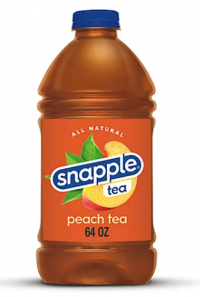So my recent brew should be ready to be bottled this weekend (it will then be two weeks since it was brewed). I want to do another one and I was thinking I should be okay to bottle it, say Saturday, and brew the next batch on Sunday and just reuse the "old" yeast as it, right? It may have a bit of the old beer in it because I wouldn't wash it out, but it should still be fine, am I right?
Literally just taking it out of the bucket in sterilised jars over night (fridge maybe?), then brew the next and once cooled pitch the yeast from the jar?
Literally just taking it out of the bucket in sterilised jars over night (fridge maybe?), then brew the next and once cooled pitch the yeast from the jar?























































![Craft A Brew - Safale BE-256 Yeast - Fermentis - Belgian Ale Dry Yeast - For Belgian & Strong Ales - Ingredients for Home Brewing - Beer Making Supplies - [3 Pack]](https://m.media-amazon.com/images/I/51bcKEwQmWL._SL500_.jpg)



